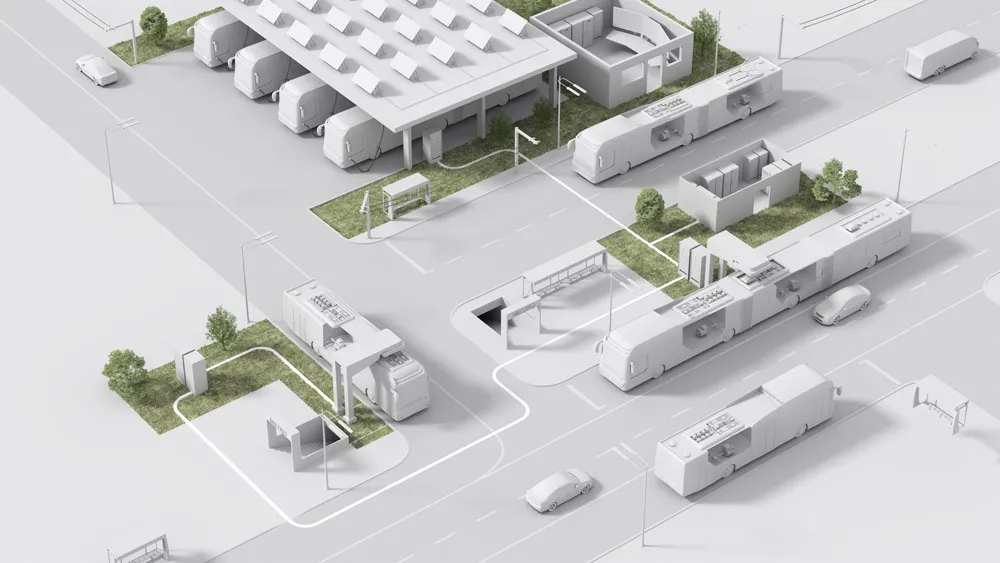The EU's TEN-T Programme will invest over US$500,000 in a study aimed at introducing an intelligent traffic management system in the port of Hamburg in Germany. The study is to contribute to an optimised use of the port's infrastructure, reduced traffic-related pollution, faster transport and cargo handling and improved road safety. The study will look into ways to improve the utilisation rates and cost-effectiveness of existing infrastructure and facilities in the port by introducing an intelligent traffic
February 18, 2015
Read time: 2 mins
The EU's TEN-T Programme will invest over US$500,000 in a study aimed at introducing an intelligent traffic management system in the port of Hamburg in Germany. The study is to contribute to an optimised use of the port's infrastructure, reduced traffic-related pollution, faster transport and cargo handling and improved road safety.
The study will look into ways to improve the utilisation rates and cost-effectiveness of existing infrastructure and facilities in the port by introducing an intelligent traffic management system in both the existing and planned truck and car parks.
Potential benefits include: a concept that can be transferred to other ports and locations with high industrial and non-industrial activity; an increased utilisation rate and cost-effectiveness of the transport infrastructure by providing information about parking space availability; reduced traffic volumes and fuel consumption, as well as damage to the environment due to less trucks looking for parking bays; better road safety and conditions for truck drivers who will no longer have to park randomly along the roads; more reliable transport processes and easier planning of driving times and rest periods in line with parking space availability, time windows to provide or deliver goods and traffic information.
The study's outcomes will be used by the port authority to take decisions on the future implementation. The project is to be completed by December 2015.
The study will look into ways to improve the utilisation rates and cost-effectiveness of existing infrastructure and facilities in the port by introducing an intelligent traffic management system in both the existing and planned truck and car parks.
Potential benefits include: a concept that can be transferred to other ports and locations with high industrial and non-industrial activity; an increased utilisation rate and cost-effectiveness of the transport infrastructure by providing information about parking space availability; reduced traffic volumes and fuel consumption, as well as damage to the environment due to less trucks looking for parking bays; better road safety and conditions for truck drivers who will no longer have to park randomly along the roads; more reliable transport processes and easier planning of driving times and rest periods in line with parking space availability, time windows to provide or deliver goods and traffic information.
The study's outcomes will be used by the port authority to take decisions on the future implementation. The project is to be completed by December 2015.









